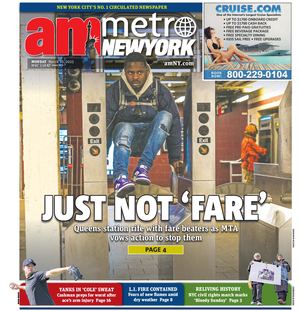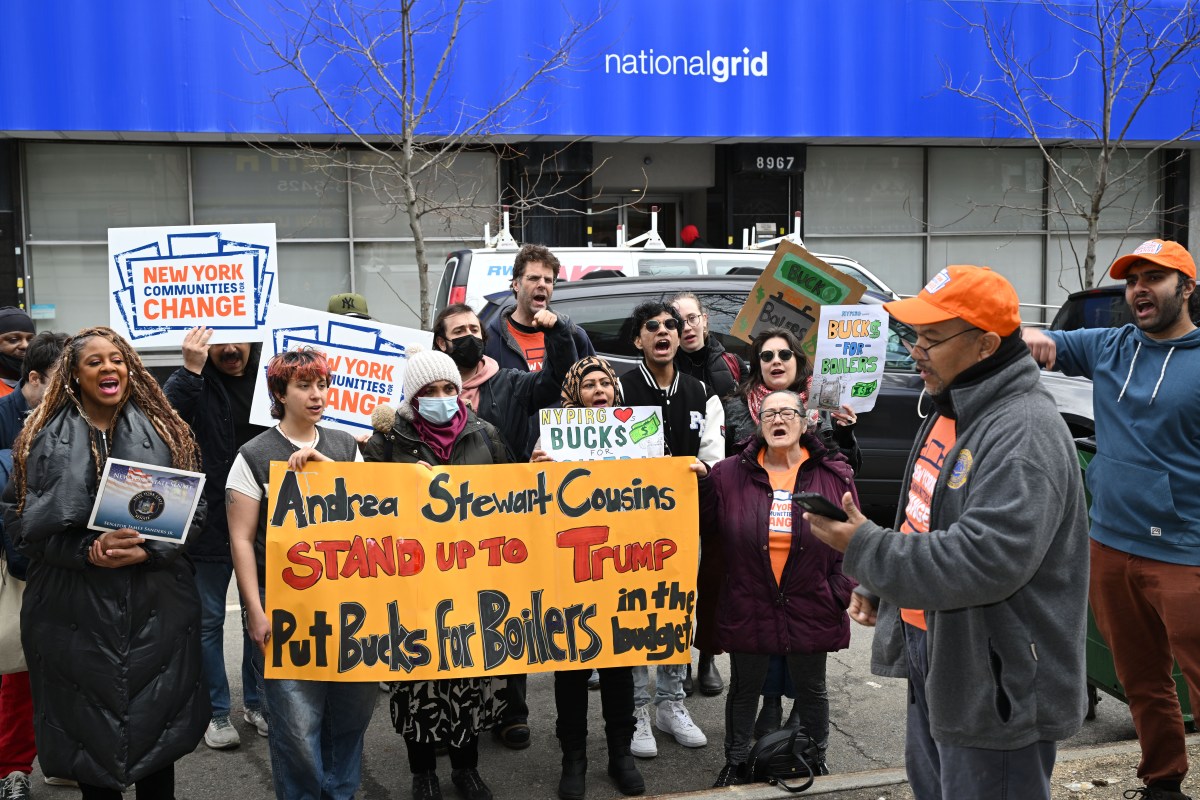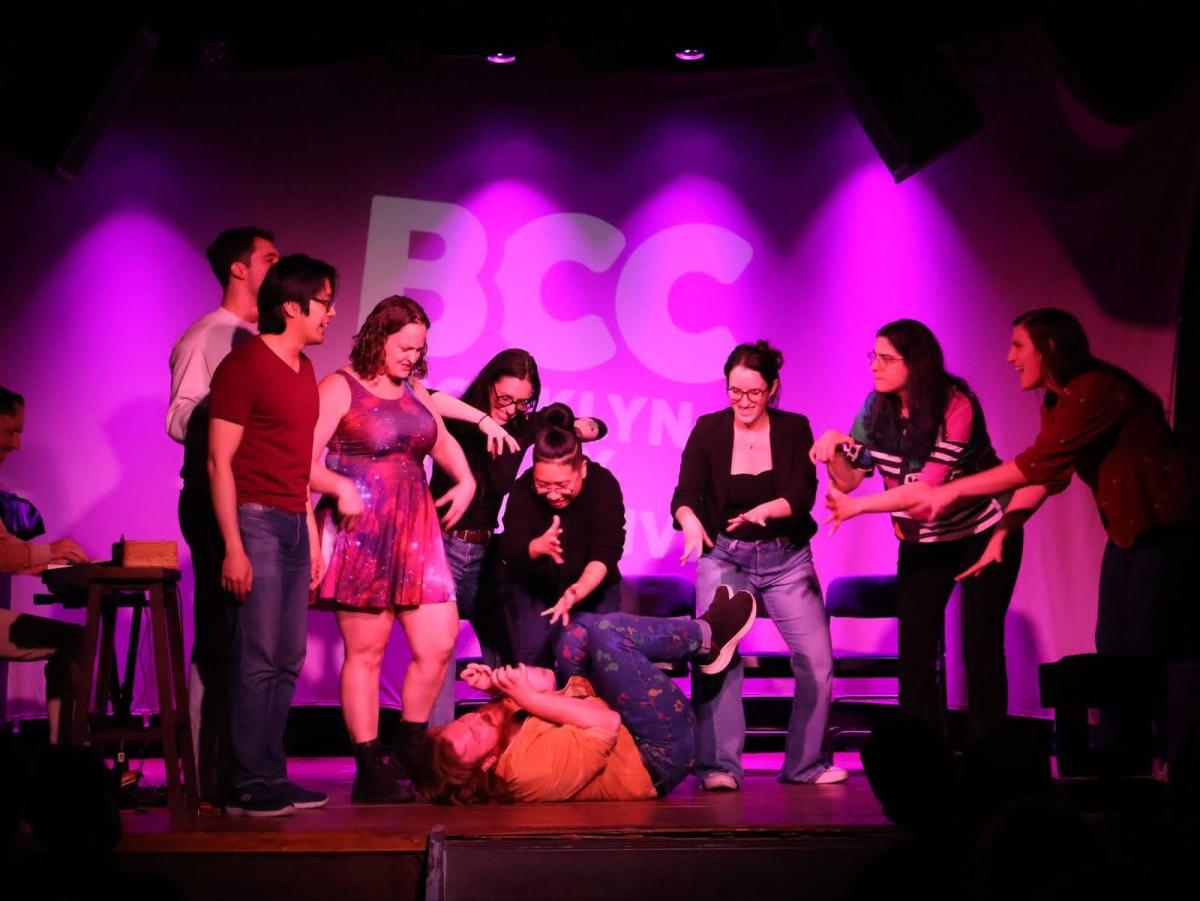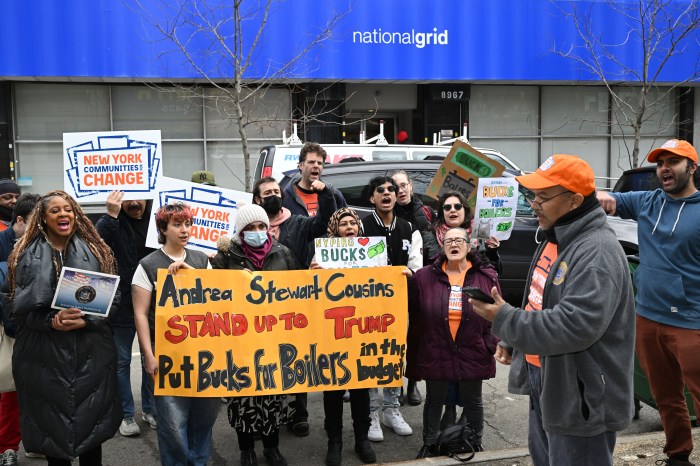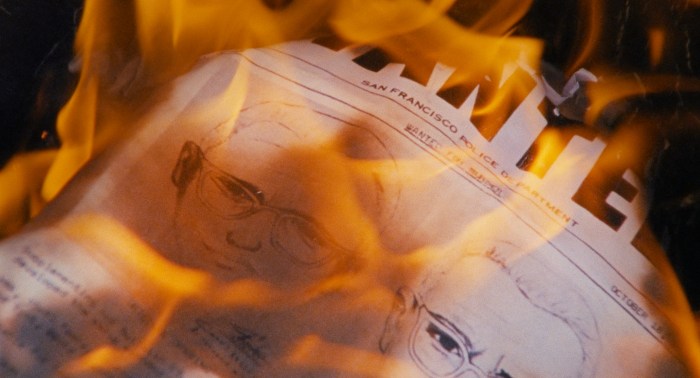As the Confederate flag comes down throughout the South — not to mention being removed from the General Lee, the Dodge Charger in “The Dukes of Hazzard” — most New Yorkers cheer. It feels like a reckoning with the South’s history of slavery.
But many of us also have been — albeit more quietly — confronting our city’s equally disgraceful history with the institution of slavery. In NYC’s early days, about half of city households had at least one slave, and 1 in 5 New Yorkers was enslaved in the 18th century.
On June 27, Mayor Bill de Blasio dedicated a plaque marking a slave market near Pearl and Water streets, where humans were bought and sold until at least 1762. “Black lives matter,” he said, in a nod to the contemporary movement against racial injustice.
This year, Brooklyn-based artist Nona Faustine has developed a powerful photo series of herself posing nude at New York City sites associated with its slave past. One of these, titled “From Her Body Sprang Their Greatest Wealth,” shows Faustine standing on an auction block in the middle of Wall Street.
Many New Yorkers may not even be aware of the significance of slavery in city history. For parts of the 17th and 18th centuries, New York City had the largest slave population of any North American city, according to “Slavery in New York,” a 2005 book published in conjunction with a New York Historical Society exhibit.
Even after slavery was formally abolished in New York, the institution remained vital to the city’s economy. The city was the major port for shipping Southern cotton to Europe, and its ruling class had extensive business and social ties to Southern slave-owners.
There’s plenty to read about this, but New Yorkers can also learn more by visiting the African Burial Ground in lower Manhattan. Its accidental discovery during a construction project in 1991 led to an excavation of not only the remains of 419 free and enslaved black New Yorkers, but also a past that the liberal Northern city preferred to forget.
Today the African Burial Ground is a National Park Service site, and tours are free.
Liza Featherstone lives and writes in Clinton Hill.
